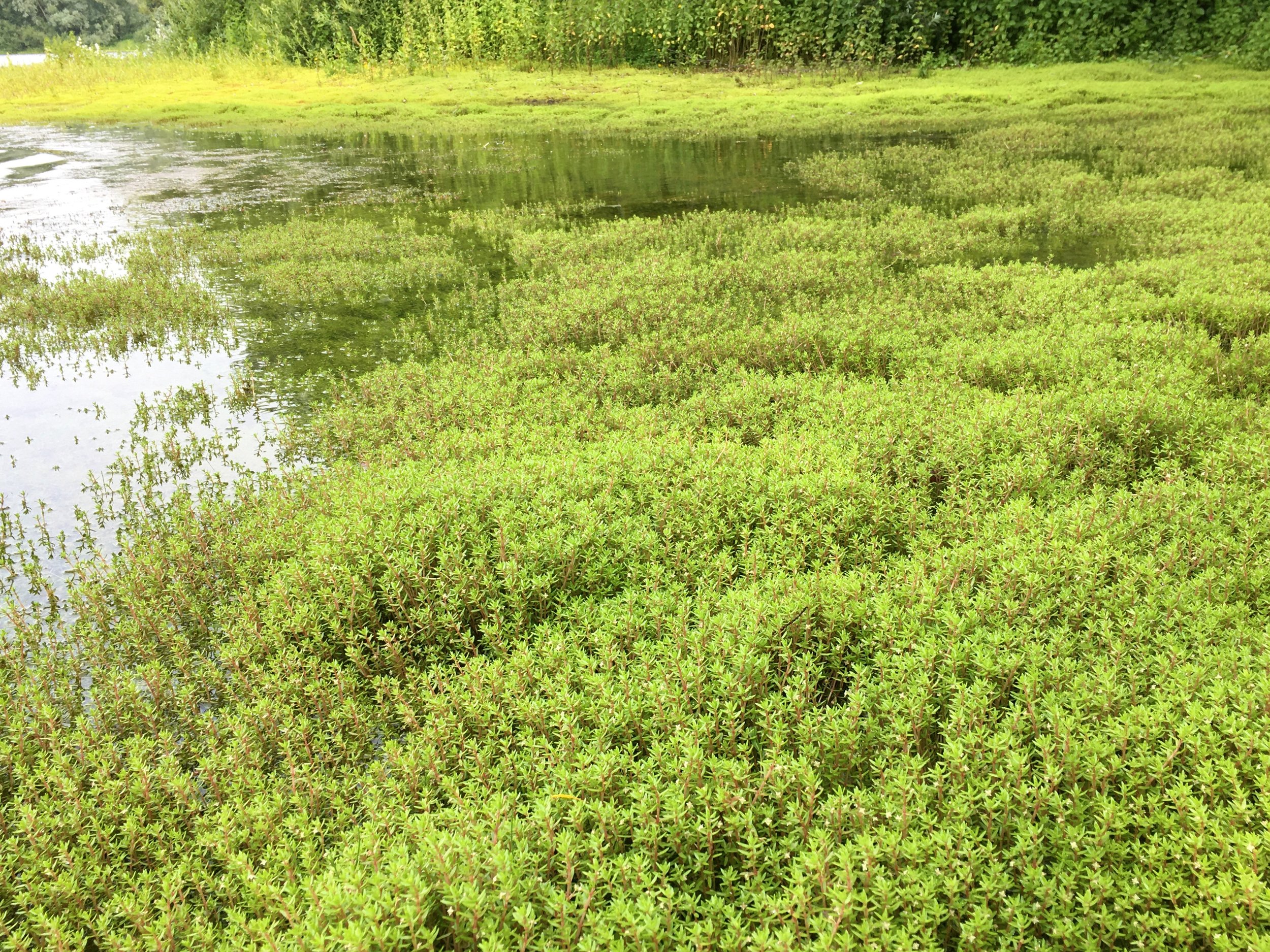Invasive Species Management
The discovery of invasive species can be a major setback for any project, what’s more the incorrect removal and disposal can carry large fines and even prison sentences – so it’s very important to practice due diligence.
We have a huge amount of experience in identifying and removing invasive species and make every effort possible to ensure the remediation methods don’t cause unnecessary delay to your project.
Common invasive species
Japanese Knotweed
An incredibly versatile herbaceous perennial (meaning it dies down each year, but comes back bigger and stronger), Japanese Knotweed is a menace in urban areas.
It loves full sun, but doesn’t mind shade and is partial to a woodland environment. The vigorous shoots, supported by an extensive underground network of rhizomes, come up in gaps and cracks and can quickly cause severe structural issues to buildings.
Spreading easily underfoot or on clothes, the impact of Japanese Knotweed isn’t just devaluing property, but in the aquatic environment, knotweed can completely suffocate native plants and dramatically impact the ecosystem of a body of water.
Australian swamp stonecrop
Australian swamp stonecrop – also known as New Zealand pigmyweed is an aquatic succulent in the Crassulaceae family (from Latin crassus meaning 'thick'). It was banned from sale in England and Wales in April 2014.
When used in an extremely controlled environment, Australian swamp stonecrop actually makes an excellent oxygenator (which is why it was introduced in the first place).
The issue is that it grows so vigorously both in water and around the banks, that it completely stifles pond, lakes, rivers and marshlands. It is clearly recognisable en masse in wetland areas as a spongy carpet of small, fleshy leaves on long spindly stems, with four-petaled flowers.
Floating Pennywort
You can virtually watch Floating Pennywort grow!
Flat, kidney-shaped leaves on foot-long petioles (the bit that attaches to the stem), dominate shallow marginal areas.
Giant Hogweed
Think cow parsley on steroids. Despite being quite spectacular in bloom (especially at 5m tall!), Giant Hogweed is highly poisonous thanks to high levels of furanocoumarins – the organic chemicals which cause burning to the skin when exposed to UV radiation.
Himalayan Balsam
Himalayan balsam was introduced to the UK in 1839 — at the same time as Giant Hogweed and Japanese Knotweed. Marketed as having "splendid invasiveness", they certainly weren’t falsely advertised.
Natively found at an altitude between 2000-2500m above sea level, Himalayan balsam is an annual plant that grows vigorously along river banks and in ditches. Typically growing 1-2m tall and forming dense thickets, the most fascinating attribute of the Himalayan balsam (in our opinion!) is not its hardiness, but rather the method of seed dispersal.
The Himalayan balsam seed pods literally explode propelling their seeds up to 7m from the parent plant. Growing close to rivers, seed dispersal can then easily take place in water.
Need some advice on invasive plant species?





